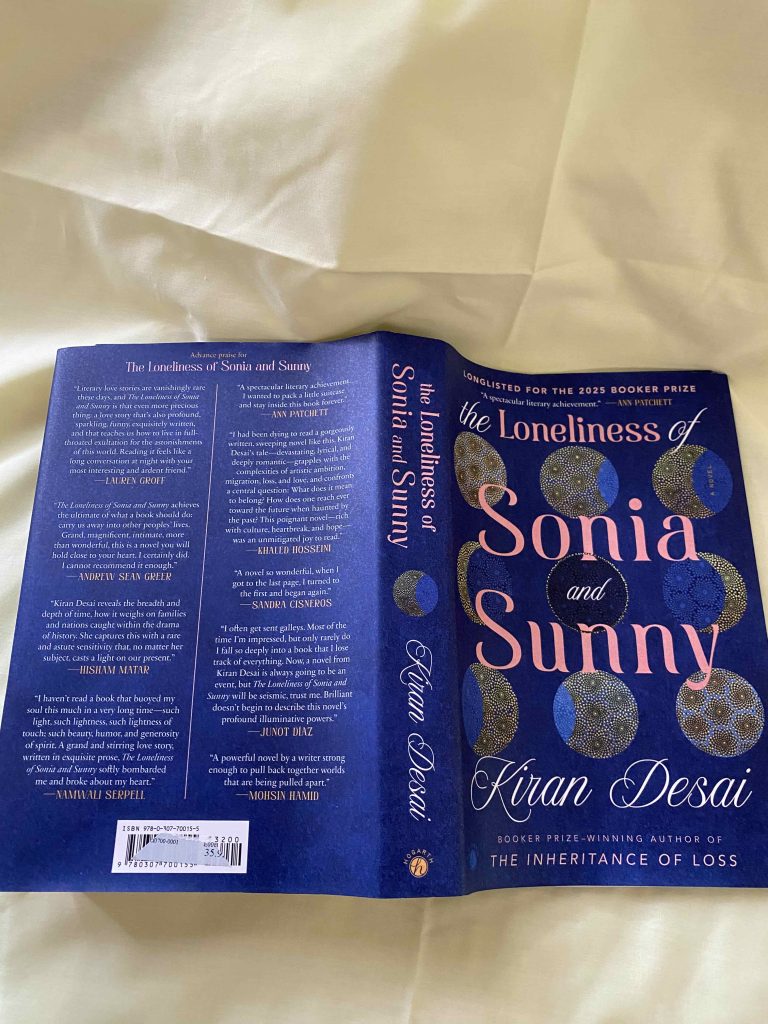
Sonia Shah and her college mates Lazlo and Armando were lonely because they were foreign students in the US. During the summer holidays, all the local students returned to their homes.
Sonia’s paternal grandparents Dadiji and Ba lived long lives watching their children enter their middle ages and grandchildren into adulthood.
Sunny Bhatia’s maternal grandparents The Colonel and Nani lived to their ripe old ages.
These elderly people in India lived in the matrimonial home, with at least one servant in attendance. They did not know the condition of being lonely and loneliness.
Early in the book, Sonia’s dad Manav wished his sister Mina Foi “Long life” on her 55th birthday. She may not be old, but she said she feels old, since she was unlucky in her arranged marriage and her Indian bridegroom already had a female partner and two children in Brussels.
People who have spouses, children and friends are portrayed as living long lives.
In contrast, Babita, who didn’t love her husband Ratan, saw him die young at the age of 33. In other words, Ratan wasn’t loved and that could be why he died of his heart attack.
The author Kiran Desai believed in this theory, which has been widely circulated by research studies, universities, and media. That is why her novel supports this view.
She wrote about how extreme loneliness and dependence on only one friend, created a situation where Lazlo, the introverted foreign student, had a mental breakdown.
When you talk to people, you’re exercising your brain, and cognitive skills. When you’re alone for very periods of time, you don’t talk to people and your brain and cognition fall into disuse.
Being around reliable humans provide social, emotional and moral support. Socialising with people oils those cognition wheels in your brain.
To be continued soon.
Related posts:
Other themes in The Loneliness of Sonia and Sunny can be found at https://artmater.com/?s=kiran+desai
The Loneliness of Sonia and Sunny, by Kiran Desai. If you buy this book from this link, I may earn a small commission.